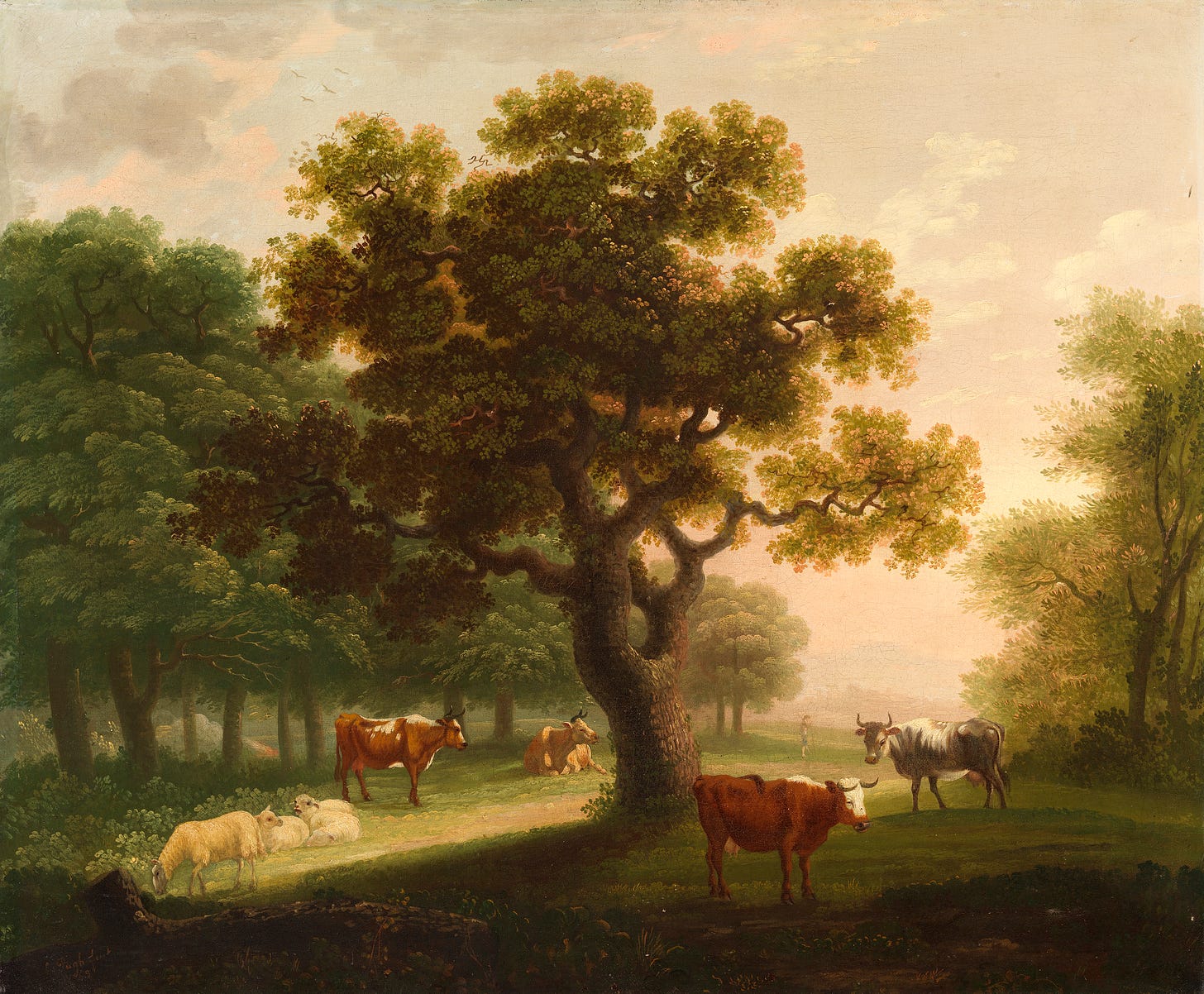If food prices are on the rise, why ‘lose’ 1,000,000 livestock?
And, erm, we're not sure how you go about 'losing' farm animals either
This week, Prime Minister Boris Johnson is in Northern Ireland. Provincial heads must be knocked together—hopefully into the shape of a devolved government. With Stormont’s political parties divided along the usual lines, and Boris facing a Belfastian knot the better of any sword, the ex-hack has picked up his pen. In The Belfast Telegraph he calls for unity, offering the Great British cost-of-living crisis as inspiration.
It’s an issue stalking every government in the West if not the world, even dormant ones: how are we to maintain standards of living and, indeed, affordably feed ourselves?
Interesting that a suggestion should quietly appear in The Guardian at the end of last month, following Stormont’s passage of climate change legislation in April, that the Province ‘lose’ 1 million ruminants.
The Guardian supposedly based this number on a KPMG report commissioned by, amongst other organisations, The Ulster Farmers Union. Actually, on the basis of the original Private Member’s Bill, KPMG predicted livestock losses of in and around 3 million, amounting to 86% of NI’s herd. As a result, about 90% of affected farms would go out of business, and half of NI farm workers would lose their jobs.
Yikes! Well, luckily NI politicians made some adjustments before committing their constituents to a net zero-carbon future, such that Ulster farmers need only reduce methane emissions (i.e. cow burps and similar eruptions) by 45%. How would this affect KPMG’s frightening predictions? The Guardian seems to think they’re down by about two-thirds, which implies an Ulster herd loss of 28% or so. SCALED has no better guess, but here’s what we can offer for rumination.
According to the Guardian piece, ‘food reduction’ (also known as hunger) may be avoided by ‘shifting’ from livestock to arable farming. This comes via the statistical modeling of Chris Stark, part of an organisation called the Climate Change Committee.
Now, according to the Department of Agriculture, Rural Affairs and Agriculture, grass makes up 79% of all the land farmed in Northern Ireland (see The Agricultural Census in Northern Ireland, in particular p 12 onwards). This tallies with 79% of land being used for raising cattle. Twenty-eight percent of 79 is 22%—seemingly the ratio in need of ‘shifting’. So here are some SCALED questions for Chris:
Just to get this one out of the way, how do you ‘lose’ 1,000,000 farm animals?
Is it possible (in a damp and hilly land like Ulster) to ‘shift’ a third, or around 22% of total farmland, from grass to arable?
If so, will that process be complete by 2050, when NI should be net-zero?
Worst comes to worst, as the BBC will tell you, there’ll always be room for insect farming. Funnily enough this is something that Open Philanthropy, the research foundation that backed the Guardian piece, is rather keen on funding.


Alternative food for thought.





